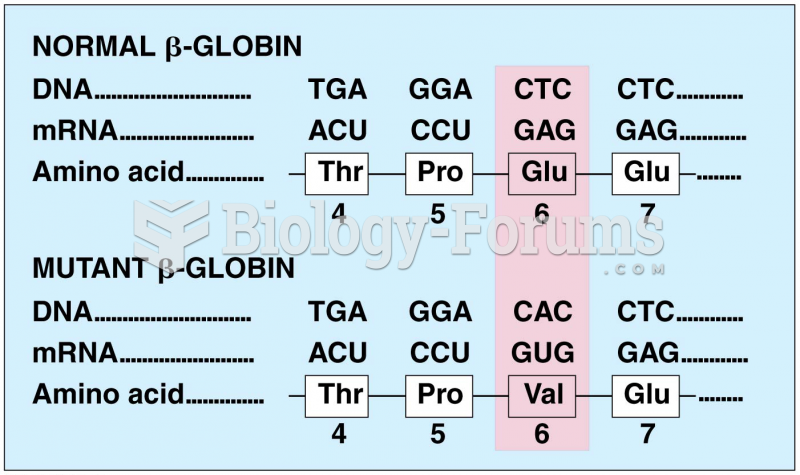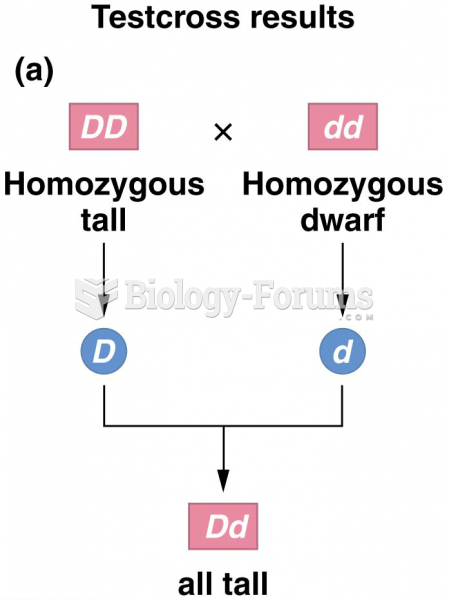|
|
|
If all the neurons in the human body were lined up, they would stretch more than 600 miles.
IgA antibodies protect body surfaces exposed to outside foreign substances. IgG antibodies are found in all body fluids. IgM antibodies are the first type of antibody made in response to an infection. IgE antibody levels are often high in people with allergies. IgD antibodies are found in tissues lining the abdomen and chest.
Vaccines prevent between 2.5 and 4 million deaths every year.
Signs of depression include feeling sad most of the time for 2 weeks or longer; loss of interest in things normally enjoyed; lack of energy; sleep and appetite disturbances; weight changes; feelings of hopelessness, helplessness, or worthlessness; an inability to make decisions; and thoughts of death and suicide.
On average, someone in the United States has a stroke about every 40 seconds. This is about 795,000 people per year.






![Lakou Mizik & Joseph Ray - Ogou (Pran Ka Mwen) [Official Music Video]](https://biology-forums.com/gallery/43/medium_6_31_07_21_7_12_36.jpg)
